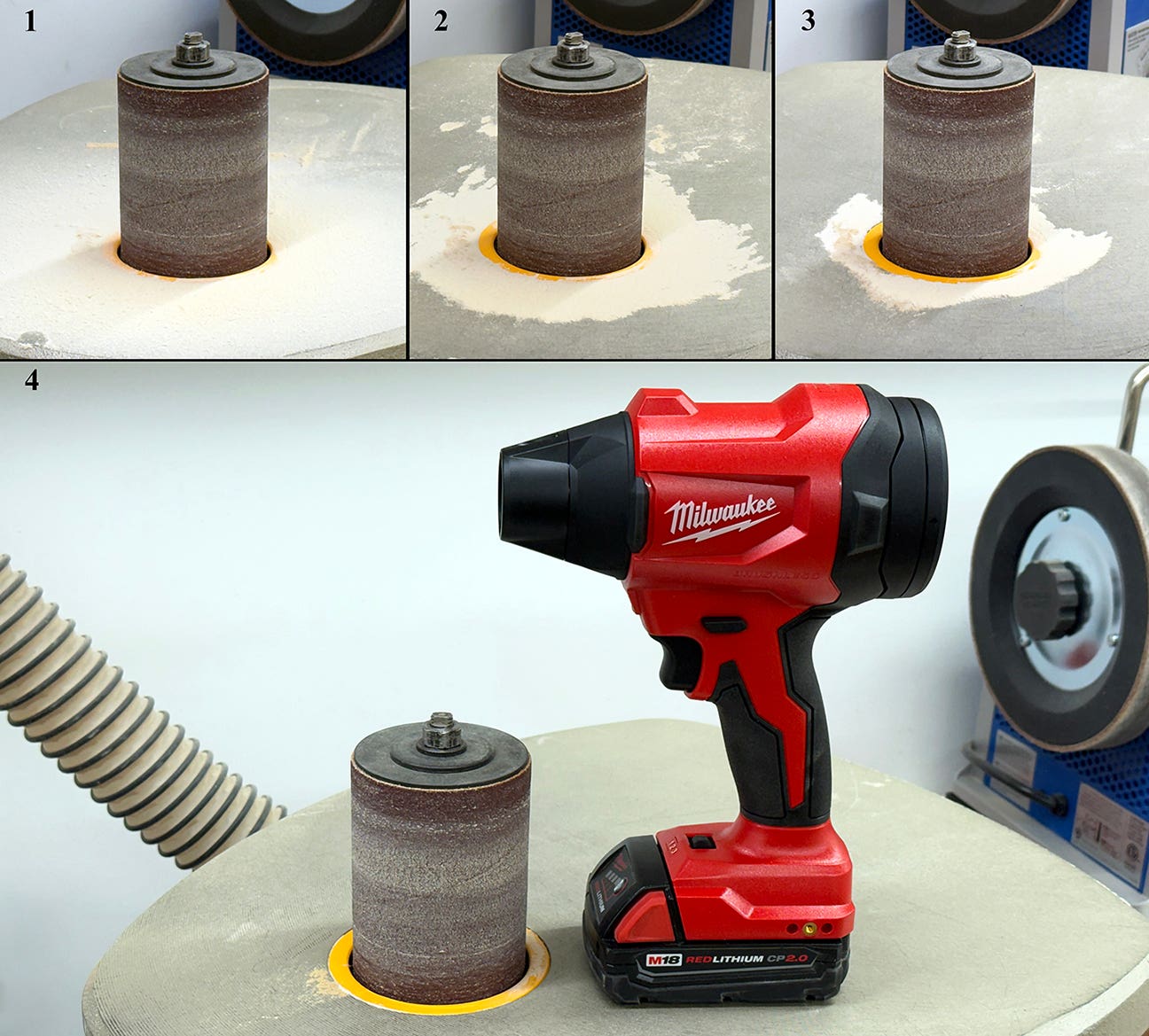Tripping the light fantastic
One of the most important aspects of good woodworking is having good lighting.
One of the most important aspects of good woodworking is having good lighting.
I redid my shop lighting several years ago when I was still in my previous shop, upgrading from old-school fluorescents to modern LED fixtures. One of the best things I ever did – the lighting is brighter than ever, that annoying fluorescent flickering disappeared, and I haven’t had to change a dimming tube in years.
For my new shop, I not only tripled my working space, I increased the number of fixtures by about the same amount. And because my shop is irregularly shaped, all those lights send their glowing goodness in all directions, minimizing shadows on every work surface. Take a look:
I bring this all up because I recently visited a friend’s shop and got a taste of what my shop lighting used to be like. His shop isn’t large, but having seen my space he knew his lighting was subpar and asked for my suggestions.
He still had old fluorescents (one tube flickering badly), plus a couple of bare incandescent bulbs. There also simply weren’t enough of them, meaning lots of shadows and dark corners. We came up with a plan to better light his workspace, and he shopped for new LED fixtures. Last weekend, in exchange for a cookout on his deck, I helped him hang all the lights. The difference was immediate.
The trouble with shop lighting is that we tend to take it for granted. We set up shop, put up some lights, and as long as we don’t bump into things, we tend not to think about them again. I know I made that mistake, and so did my buddy. Hopefully, you’re not.
A.J. Hamler is the former editor of Woodshop News and Woodcraft Magazine. He's currently a freelance woodworking writer/editor, which is another way of stating self-employed. When he's not writing or in the shop, he enjoys science fiction, gourmet cooking and Civil War reenacting, but not at the same time.







